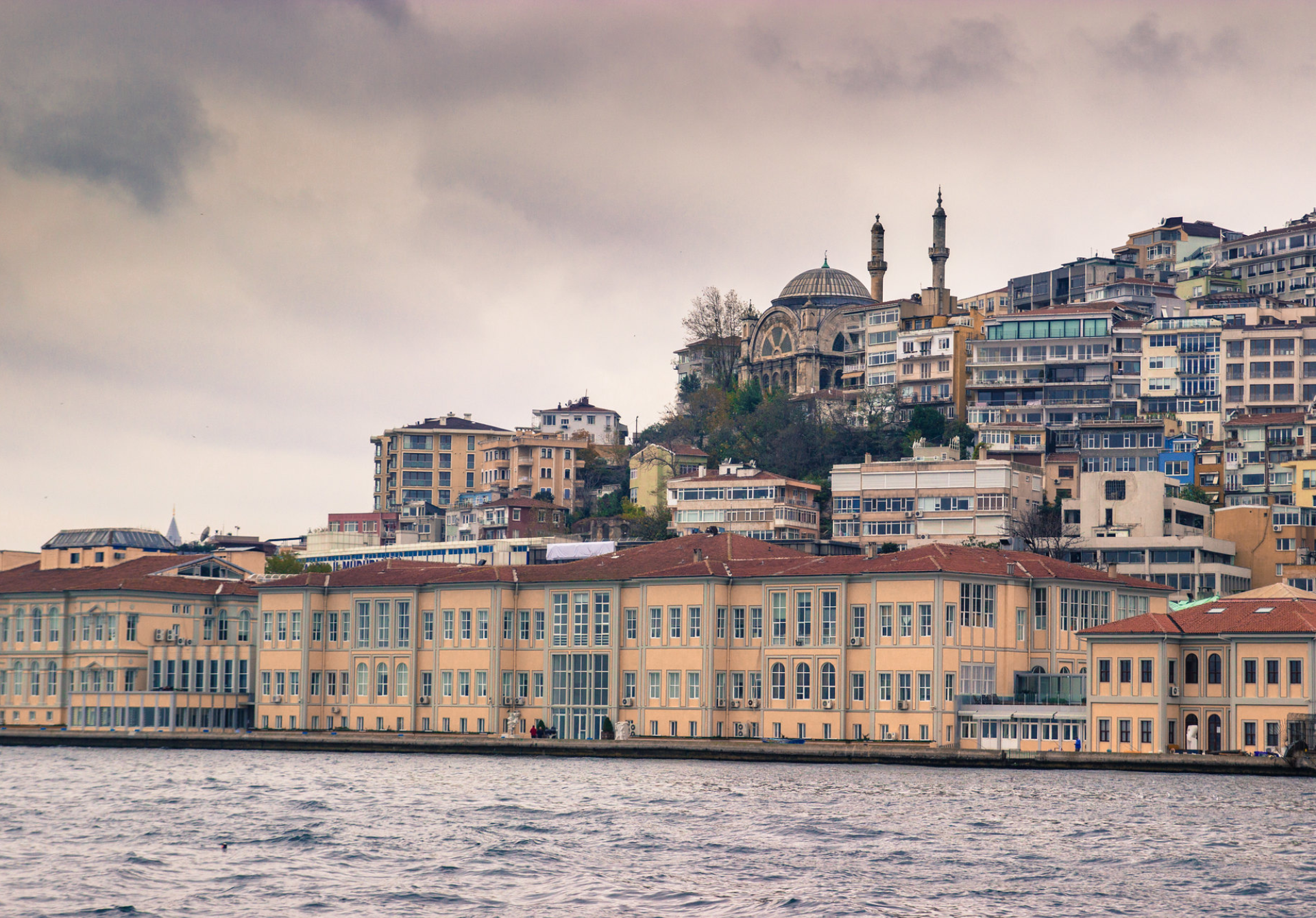The Bosphorus Strait, a natural wonder that connects the Black Sea to the Sea of Marmara, has long been a crucial waterway for maritime traffic and a breathtaking sight for travelers. Whether you’re a seasoned sailor or a cruise enthusiast, navigating this iconic strait is an experience like no other. But before you set sail, there are a few things you should know to make the most of your journey.
First and foremost, it’s essential to understand the unique challenges that come with navigating the Bosphorus. The strait is known for its strong currents, which can reach speeds of up to 7 knots in some areas. These currents, combined with the narrow width of the strait (as little as 700 meters at its narrowest point), make for a tricky passage that requires skill and attention. Additionally, the heavy traffic in the strait adds another layer of complexity to the journey. With over 40,000 vessels passing through annually, including massive tankers and cargo ships, smaller boats and cruise ships need to be extra vigilant.
Despite these challenges, the rewards of sailing the Bosphorus are well worth the effort. As you make your way through the strait, you’ll be treated to stunning views of Istanbul’s skyline, with its mix of ancient and modern architecture. The iconic Sultanahmet Mosque (Blue Mosque) and Hagia Sophia dominate the horizon, while the Dolmabahçe Palace and Ortaköy Mosque offer glimpses of Ottoman grandeur along the shore. Keep your camera ready, as photo opportunities abound at every turn.
For those on cruise ships, the passage through the Bosphorus is often a highlight of any Mediterranean or Black Sea itinerary. Most cruises schedule their transit during daylight hours to maximize the views, and many offer special commentary or guided tours on deck to enhance the experience. If you’re lucky enough to be on a ship that anchors in Istanbul, you’ll have the chance to explore the city’s many wonders up close.
Sailors navigating the strait in their own vessels should be aware of the strict regulations in place. All ships must obtain permission from the Turkish authorities before entering the strait, and there are specific rules about speed limits, passing, and communication with other vessels. It’s crucial to stay in constant contact with the Vessel Traffic Services (VTS) center, which monitors and manages traffic in the strait.
One of the most exciting aspects of sailing the Bosphorus is the opportunity to witness the unique blend of East and West that characterizes Istanbul. As you pass under the massive suspension bridges that span the strait, you’ll literally be crossing between Europe and Asia. This geographical and cultural divide is palpable, with each shore offering its own distinct flavor and atmosphere.
For those who prefer to experience the Bosphorus from a more relaxed vantage point, there are plenty of options available. Local ferries crisscross the strait regularly, offering an affordable and authentic way to take in the sights. For a more luxurious experience, private yacht tours can be arranged, complete with gourmet meals and personalized itineraries.
No matter how you choose to navigate the Bosphorus, one thing is certain: it’s an experience that will stay with you long after your journey is over. The combination of natural beauty, rich history, and bustling maritime activity makes this waterway truly unique. So whether you’re at the helm of your own vessel or lounging on the deck of a cruise ship, take the time to soak in every moment of your Bosphorus adventure. After all, you’re not just crossing a strait – you’re traversing centuries of human history and culture, all while enjoying one of the world’s most spectacular waterways.

